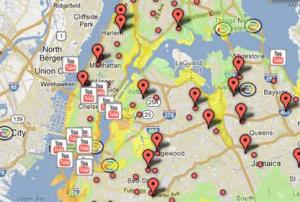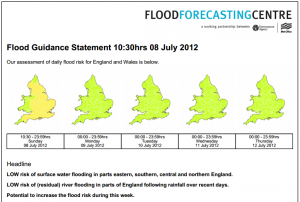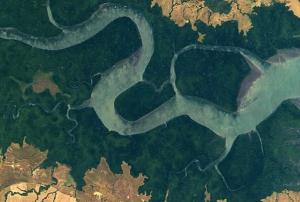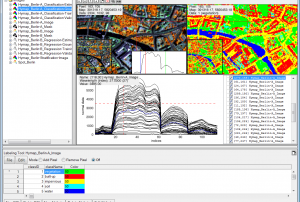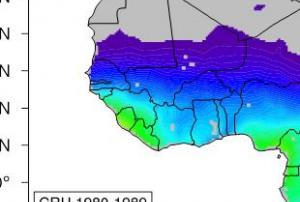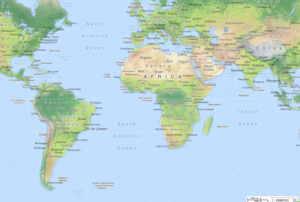Forest Fire
Definition
Facts and figures
Further information
UN-SPIDER Regional Support Offices with hazard-specific expertise
Related content on the Knowledge Portal
- Publishing institution:
- Publishing institution:
- Publishing institution:
- Publishing institution:
- Publishing institution:
- Publishing institution:
Long term, high quality estimates of burned area are needed for improving both prognostic and diagnostic fire emissions models and for assessing feedbacks between fire and the climate system. We developed global, monthly burned area estimates aggregated to 0.5◦ spatial resolution for the time period July 1996 through mid-2009 using four satellite data sets. From 2001–2009, our primary data source was 500-m burned area maps produced using Moderate Resolution Imaging Spectroradiometer (MODIS) surface re- flectance imagery; more than 90% of the global area burned during this time period was mapped in this fashion. During times when the 500-m MODIS data were not available, we used a combination of local regression and regional regression trees developed over periods when burned area and Terra MODIS active fire data were available to indirectly estimate burned area. Cross-calibration with fire observations from the Tropical Rainfall Measuring Mission (TRMM) Visible and Infrared…
read more



